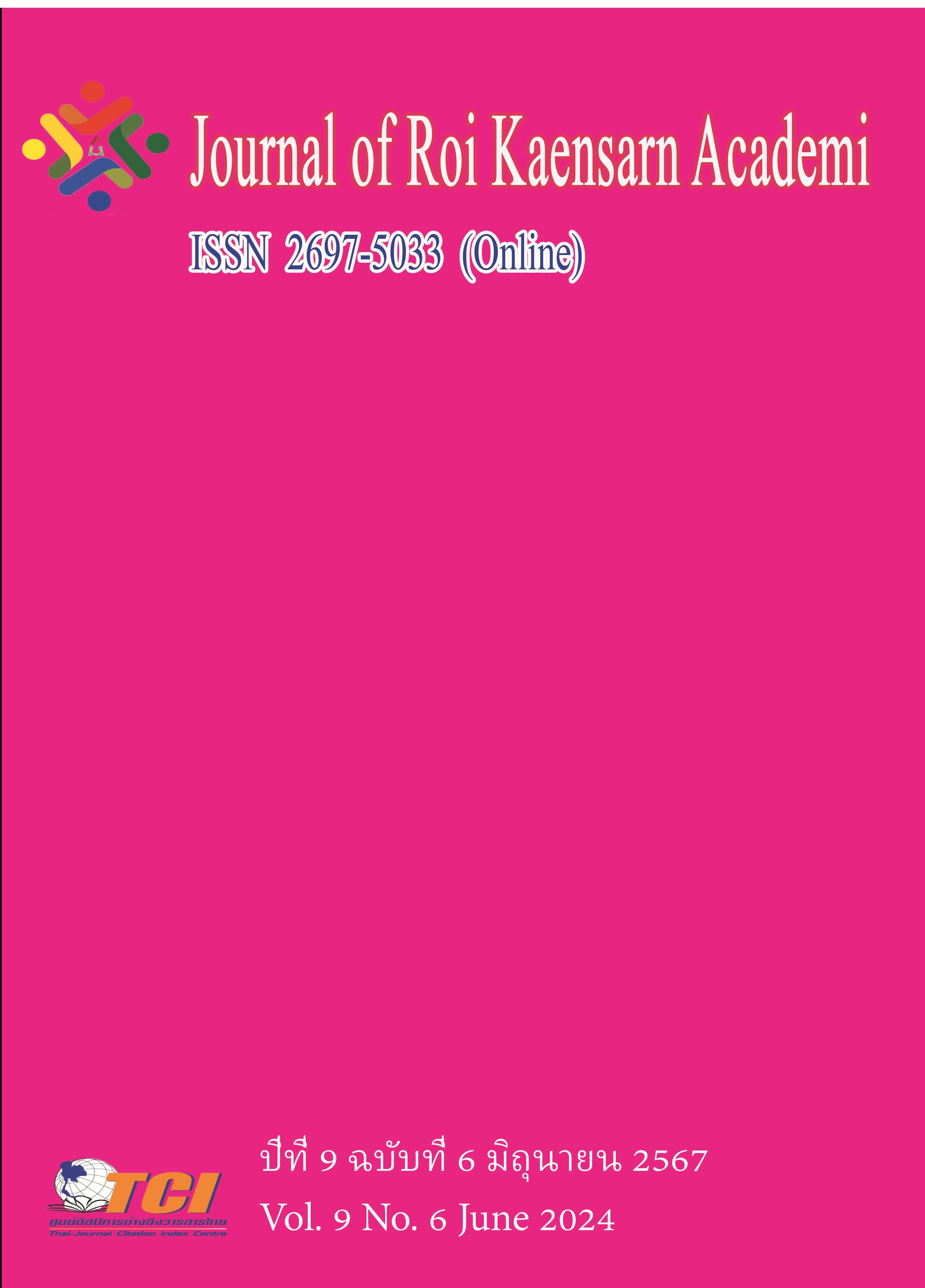A Study of Enhancing the Effectiveness on Calligraphy Teaching in International Chinese Language Education
Main Article Content
บทคัดย่อ
This study explores how to improve the teaching effect of calligraphy in international Chinese education. The research methods of questionnaire, interview and observation were used. The research objects are mainly international students, international Chinese education teachers and calligraphy teachers. 20 teachers of international Chinese education in Guangdong Province were selected for interviews, including 15 full-time teachers and 5 educational administration experts of international Chinese education. 20 calligraphy teachers with many years of experience in teaching calligraphy to foreign students were selected as the interview subjects. A group of 5 students were selected, with a total of 15 groups and 75 students were interviewed. This is a one-to-one in-depth interview for international Chinese education teachers and calligraphy teachers. The interview forms are face-to-face interview and wechat voice interview. International Chinese education students are interviewed in a group, 3-5 people in a small group, the interview format is structured interview. It is found that students are more inclined to the interactive, interesting and cultural teaching mode, compared with the traditional teaching method is more boring. Calligraphy courses should emphasize hands-on practice and interaction between students, incorporate elements of traditional Chinese culture, and involve areas such as history, literature, and poetry. Calligraphy can also be used as a tool of cultural exchange to help students understand Chinese culture more deeply. In the process of teaching, we should attach importance to the shape, structure and artistry of Chinese characters, and combine the artistry of calligraphy and poetry in order to improve the teaching effect. Through the teaching of poems and stories, students' interest and creativity in calligraphy can be stimulated, while cultivating their aesthetic ability and creativity.
Article Details
เอกสารอ้างอิง
Cui Xiliang (2019). Chinese calligraphy and Chinese language international education (in chinese). Calligraphy Education, (02),4-9.
Gao Feiyan & Yao Jiajun & Zhao Jun (2020). Research on the multiple and three-dimensional overseas teaching mode of calligraphy(in chinese). China Ethnic Expo. (20), 107-108.
Gao Lu (2020). Research on procedural practice teaching based on constructivism and activity theory. Beijing. Arms Industry Publishing House.
Li Xiaodong (2016). The spread and influence of Chinese calligraphy in the West(in chinese). Fine Arts Research, (2), 76-83.
Liu Nian (2021). An attempt to integrate calligraphy education into Chinese language teaching in American universities and the design of development(in chinese). University Calligraphy. (05), 63-67.
Lu Xinyao (2015). The application of teaching Chinese calligraphy in teaching Chinese as a foreign language(in chinese). Journal of Southeast University (Philosophy and Social Science Edition). (S2), 176-177.
Wang Xiaofeng (2010). The spread and reception of Chinese calligraphy in Europe(in chinese). Art Observations, (9), 68-71.
Xu Zihan (2019). Research on the Theory of Context in Chinese Traditional Art. Doctoral dissertation,.College : Southeast University.
Yang Wenqi & Chi Chengyuan. (2024). Research on the development path of foreign calligraphy teaching in the context of international Chinese language education(in chinese).Journal of Fujian Technical Teachers College. (01), 128-136.
Zheng Boren (2012). An experimental study of teaching and practice of calligraphy course in Chinese as a foreign language. Journal of Southwest Jiaotong University (Social Science Edition). (04), 87-92.

